As long as you don't use the microwave to make it and put little salt in it, that is. Turns out that popcorn is rich in fibers and antioxidants, which may even prevent cancer! Do it old-school style: in a pan, with just a strand of vegetable oil and you're good to go! ~Ally
0 Comments
It's been all over the internet this week and it's really disgusting, so, unless you're really curious about it or someone who doesn't mind seeing organs, blood and other body fluids flying rapidly, don't see the video above. Ye've been warned! When a whale dies - as it happens with all beings - , it begins to decay. The internal organs and all of the food it consumed before dying start to rot. As bacteria swoop in to decompose the animal, they generate heat and gasses that build tremendous pressure inside of the carcass. When biologists cut into the whale to remove or study it, the gas comes exploding out and can bring blood and internal organs with it. What a happy perspective of a daily job! There are actually three gasses to blame for this phenomenon: methane, ammonia, and hydrogen sulfide. The combination smells really, really, reeeeeeeeally bad. So you can get a clue of how bad it is: methane is a by-product of digestion, ammonia is what gives cat urine its distinct pungent odor, and hydrogen sulfide is the gas that smells like rotting eggs. Yaiks. So, next time a dead whale washes ashore near you, ask someone else to cut the carcass! ~Ally
It's actually easier than I thought! Here are the ingredients: - 1/3 cup of almonds - 1 1/3 cup of hazelnuts - 1 cup of milk powder - 1 1/4 cup of full cream milk - 3 tablespoons of honey - 170g of semisweet chocolate - 140g of milkde chocolate ao leite - A pinch of salt ~Ally
It sounds like a name from a Trash Metal band from Scandinavia, but it's actually a real natural phenomena: it is an enormous ice column that touches the ocean floor and kills all animals around it. We all know that the temperatures in the bottom of the ocean are always higher than the ones on the surface, which makes the heat flows that come from the warm seas form ice when they reach the cold air. So, in the surface, the salty water tends to solidify and, in the process, the ice gathers around an unique column that resembles a stalactite. As the tube reaches the sea floor, the ice spreads like a liquid spilled on the floor - and destroys whatever is on its way. Animals like starfish and sea urchins die instantaneously, since they can't escape the "ice web" and not because of the thermal shock, as one might guess. ~Ally
That happens because of the extracellular fluid that flows out of our cells. It equates a third of the water we have in our bodies and, when we lie down at night, that fluid is distributed all over the body, including our face. This causes the swelling, especially in our eyelids. Oh, and the position in which we sleep influences the flowing of the liquid - if you lie with your face down, for example, your whole face will swell. If you sleep on your side, it is possible that one half of your face swells and the other not. Very sexy. Other factors may interfere in the swelling, such as circulatory or renal problems, and the consumption of alcoholic beverages or salty foods. ~Ally
If you ever find yourself in a Bear Grills kind of situation and need protein in order to survive, look for birds' eggs. There is no difference in the nutritional composition of those kinds of eggs - all that changes is size and color. That makes all eggs have basically the same flavour, even though the animal's diet may influence it (for example, if a bird eats a lot of fish, its eggs may taste a little bit like fish). The main reason not to eat any kind of birds' eggs is that most of them are not monitored by health authorities. Another good reason is that most species are not so productive as common chikens (which can lay 300 eggs a year, each). ~Ally
Most people - including me - think crows are black, and most are. A number of species in the genus Corvus, however, have extensive white in their plumage. The White-necked Raven, Corvus albicollis, of Africa, for example, has a white collar, and some other species have extensive white on other parts of their bodies as well. Even those species that normally are black may show patches of white on parts of their body, or may be completely white! The reasons for that may vary from several problems with pigment deposition to albinism. ~Ally
Crows and ravens, although in the same genus (Corvus) are different birds. The words "crow" and "raven" themselves have little or no real taxonomic meaning, actually. In general, the biggest black species, usually with shaggy throat feathers, are called ravens and the smaller species are considered crows. Common Ravens can be told from American Crows by a couple of things. The size difference, which is huge, is only useful with something else around to compare them with. Ravens are as big as Red-tailed Hawks, and crows are, well, crow sized. The wedge-shaped tail of the raven is a good character, if you can see it well. Crows sometimes show an apparent wedge shape to the tail, but almost never when it is fanned as the bird soars or banks (except for a brief time during molt in the summer). More subtle characters include: ravens soar more than crows. If you see a "crow" soaring for more than a few seconds, check it a second time. Crows never do the somersault in flight that Common Ravens often do. Ravens are longer necked in flight than crows. The larger bill of the raven can be seen in flight, but it is actually less apparent than the long neck. Raven wings are shaped differently than are crow wings, with longer primaries ("fingers") with more slotting between them. The longer primaries make the wings look more bent at the wrist than a crow as the bird flies, and the "hand" portion can look nearly pointed. American Crows make the familiar "caw-caw," but also have a large repertoire of rattles, clicks, and even clear bell-like notes. However, they never give anything resembling the most common calls of Common Ravens. The most familiar call of a raven is a deep, reverberating croaking or "gronk-gronk." Only occasionally will a raven make a call similar to a crow's "caw" but even then it is so deep as to be fairly easily distinguished from a real crow. Ravens also make a huge variety of different notes. It has been said (attributed to native Americans) that if you hear something in the forest that you cannot identify (assuming you know all the common forest sounds), it is a raven. ~Ally
The search for self-knowledge and happiness are the subject of this awesome Brazilian movie. It's fully available on YouTube (above). Watch. Enjoy. It certainly enlightened my day! ~Ally
I've always wanted to have a pet crow. You know, call it Mr.Poe or Lenore, teach it to say "nevermore", carry mail for my friends and family (though I've been told owls are better for this type of task)... Crows are such amazing creatures! Their inteligence probably goes way beyond our not-so-plain scientific imaginations! What I didn't know is that they can be a little bit spiteful. Scientists recently found out that they are able to recognize human faces and hold a grudge against the ones they don’t like. Hitchcock feelings, anyone? Well, in order to study the crows, they had to be collected and properly tagged. The scientists who handled the birds quickly fell out of favor with the crows. The next time the researchers entered the enclosure they were greeted by the crows divebombing and attacking them! If the same researchers came back wearing a mask that the crows hadn’t seen before, though, they were left alone. It also appears that the crows conspire with one another and share information about which humans they don’t like. Crows who were absent when a particular researcher had handled the other birds would still respond with hostility upon seeing the scientist at a later date. It's probably a case of either communication or simply going with the flow (a classic mary-goes-with-the-others kind of thing), I think. ~Ally
|

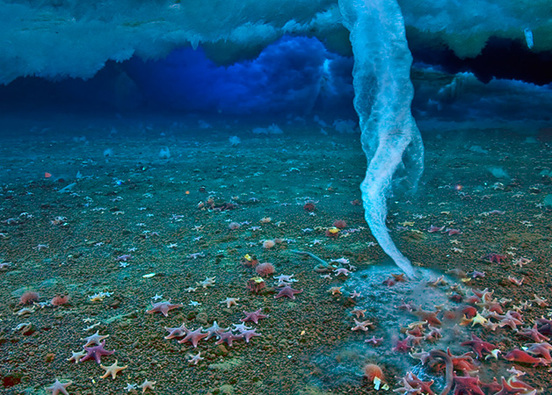

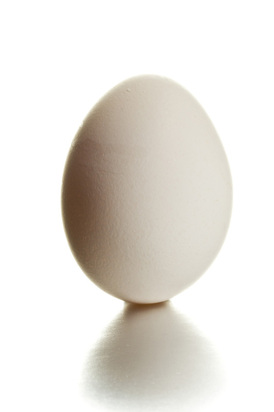
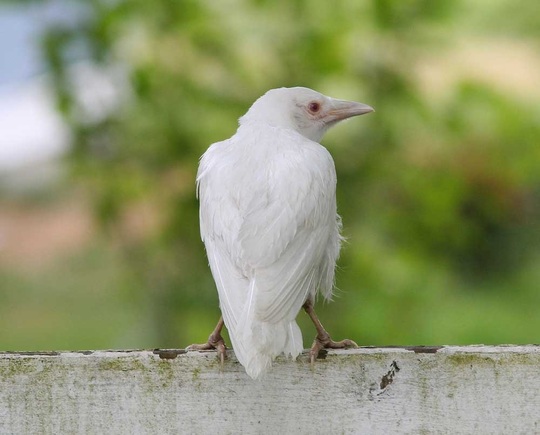
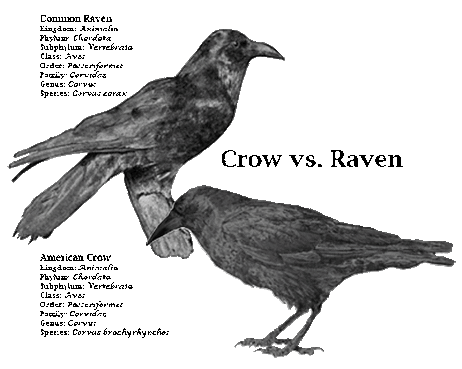
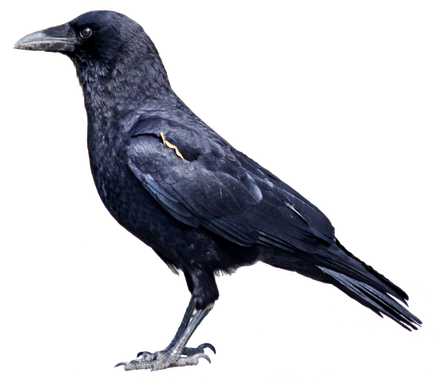
 RSS Feed
RSS Feed